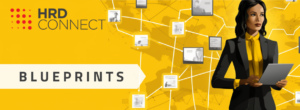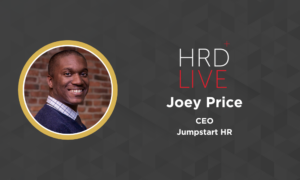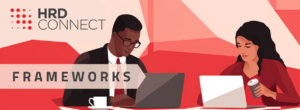How can senior leaders create the businesses they will need for the future once digital modernization is complete?
- 9 Min Read
Against the backdrop of our global climate emergency, how are we going to create real economic, social and environmental value – beyond profit for our shareholders – once digital modernization is complete? Learning Through Doing talked to various executives about the challenges they have encountered in doing so at scale and how they are dealing with them.
- Author: Asha Singh
- Date published: Jan 6, 2020
- Categories
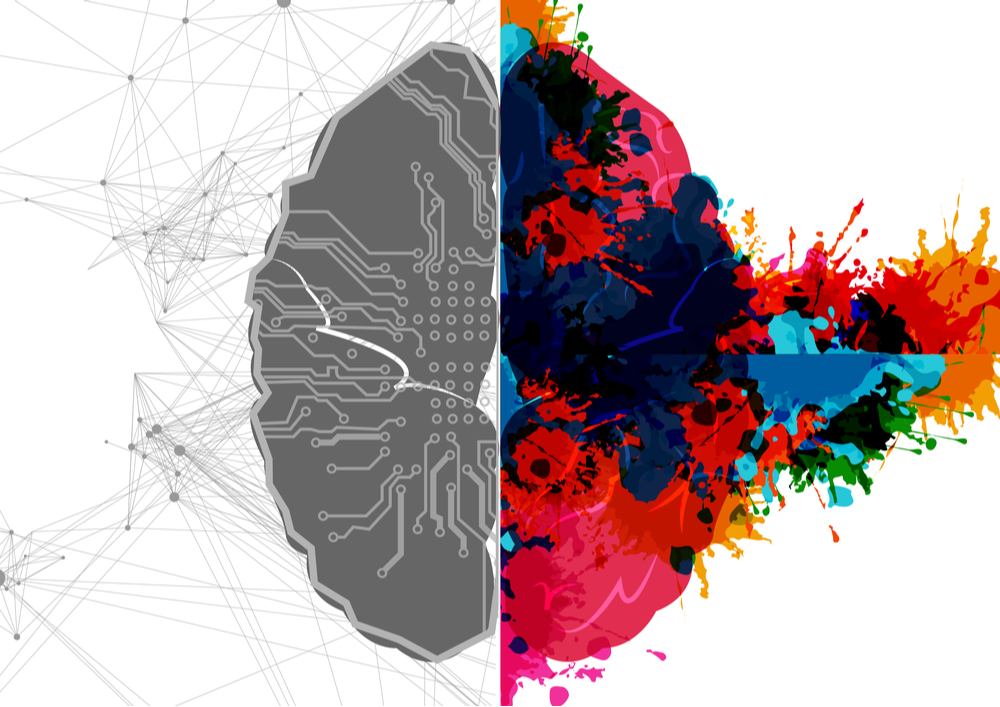
We are fast moving towards a post-industrial society. There are massive technological, economic and societal changes underway with big challenges for all of us. There are many opportunities too, if we can understand quite how profound those changes are (Post-Lean Institute). Many (large) organisations all over the world are currently modernizing their systems and ways of working to improve efficiency through digitalization.
Against the backdrop of our global climate emergency, how are we going to create real economic, social and environmental value – beyond profit for our shareholders – once that modernization is complete? We talked to various executives about their challenges in doing that at scale and how they are dealing with them.
Observe reality
Airbus Defence and Space operates in a highly structured and regulated market. Sabine Klauke heads up their engineering department, where more than 8,000 people work. A competent leader and systems thinker, Sabine told us, “Our biggest challenge right now is working within and across a big, very diverse community. There are strong organisational boundaries around various kingdoms within the company. The outside world is changing rapidly but the long-time interfaces in the past with our customers protect their own territory and try to dominate others’. Many people have been successful doing things in ways that are no longer commercially viable and younger people want to make things happen. About 90% of people are comfortable with how things have been, so we need trust to overcome their fear and get them to move. Getting that trust is difficult.”
Elisabetta Toso, Head of Finance Audit at Allianz Group Italy, echoes Sabine’s experience in a very different environment. “There are 3 levels of complexity in our organisation – people, data and info.” she said. “People’s attitudes and behavior are the most difficult, how to make things simple, speak the same language, align. Some people take a defensive approach and it’s hard to understand why, to ‘enter’ their way of thinking and develop the relationship. But when we get it right, everything else is much easier.”
Alignment is not exactly a new challenge in our organisations, or more widely in society. Trust – or the lack of it – is a common theme that we see playing out everywhere.
Explore dynamics
Both these leaders are aware enough to recognize some of the impact their leadership team have on organisational dynamics. Elisabetta explained, “For me, trust is about personal integrity. That needs to be part of our development and we have to all practice it. However, if the senior leadership team are too concerned about fit, they tend to be quite conservative and their thinking stagnates, because no one is brave enough to try something different. Then the rest of the organisation don’t feel like they can trust the leaders, because we don’t get the results.”
Sabine has overseen large transformation projects before her current one and confirmed, “I still actively chose to do a lot of stakeholder management. I also question how much time and effort we can really give to creating conditions for the system to change itself. When people start asking if it is really worth it (and making me feel like I’m not doing my job well), I start to drive instead of pull.”
It can be risky, though, in complex, uncertain conditions to rely on the familiar approach of elaborating a clear vision and strategy, getting your stakeholders on board, making things simple so that they can have meaning for employees and ensuring you have agile processes and ways of working in place to deliver. As the scale and complexity of the organisation, products and services increase, the chances are that by the time you get to market, conditions have changed considerably. Internally you have created a lot more bureaucracy in the search for efficiency and commercially, it’s evermore competitive. Trust is weakened even more and so the circle continues
Connect the dots
How can we make sense of life differently when we are under pressure to deliver results? Sabine described what she believes is fundamental: “I’d like to take a more unstructured approach, particularly on things which are not simple or clear. I know from experience that it can have a really powerful impact Creativity is key. We need to link the dots differently and create an environment for things to emerge. We don’t want to only pull out what is successful to amplify it.”
That is not so easy when you work in a structured, risk-adverse environment. We tend to analyse data, try to make what we learn simple and elaborate solutions based on those results. Hopefully we do that from different perspectives, so we have a rounded view. Then we apply those solutions and use more of those that work or adapt them to improve the outcome. This might be effective in a stable, fairly predictable world, which is what we like to create in business so that we can promise growth. But life is not stable or predictable, we have tried to make it that way. And the more complex – interconnected and unmappable – it becomes, the more unlikely that linear ways of thinking are going to bring the results we seek.
Cross-country working has proved fruitful for both Sabine and Elisabetta in their roles. “Allianz tries to think differently about things. We have a solid background so we can be creative, especially in the last 5 or 6 years. Concrete local participation all over the world has brought us good results.” Elisabetta shared with us. “It also helps to give, and get, more responsibility.”
Working across boundaries to adapt to changing conditions, innovate and develop organisational resilience at any scale are without doubt important. However, business transformation in our view needs to go deeper than strategy, structure, process, and a culture that supports the changes being made. We need to: • deeply investigate how we are making sense of the world and how our actions create it • examine systemic patterns of behaviour and how our assumptions, beliefs, biases and ways of making decisions contribute to those dynamics • work together – creatively using our collective intelligence – to find solutions as we go deeper into our ability to engage fruitfully with life • allow those solutions to emerge, there are no proven blueprints for how to do address the big challenges we face • refine and adapt this approach to expanding our thinking in response to what results we see
In other words, we need to experience how what shows up around us often begins inside us. We need a very open, curious approach to life in which we explore, play and experiment. We need to live the natural phases of life – time to prepare the ground, seed new things, nourish them and watch them grow, cut them back and allow them to die off if necessary. Systems thinking is no longer enough, we need to be systems doing. But many senior leaders in business don’t like a truly systemic approach, it challenges hierarchy and power.
Being and doing
There are many ways to be more creative and collaborative but digital tools are not really going to change how we think. Instead we could first explore our Being – who we are beyond our own experience and the stories we tell about it. All our Doing – what we decide to do and how – arises from that.
Experiential learning is absolutely necessary in our view, especially if we are going to learn authentically and decide for ourselves what to do, and not from a device. This is not about knowledge transfer, that is useful for other kinds of learning.
From years of experience of working with senior leaders and their teams in different sized organisations in a wide variety of sectors around the world, we have developed a nine-part, non-linear process: think like an artist, act like an entrepreneur.
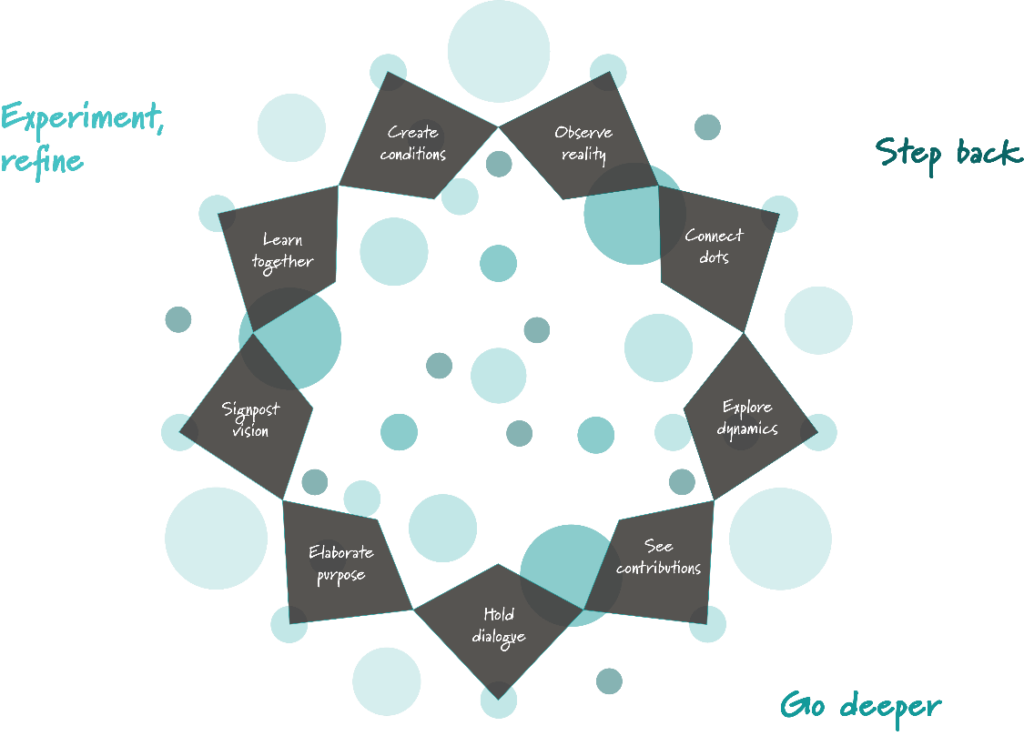
What does art have to do with business? Throughout history, good artists have always tried to create work that helps them make sense of it, to share with others. Of course, their motivations were different but if there is a common theme, it is that they brought things to light that were often difficult. Long before we are aware of any physical contact, artists were describing similar things at similar times in completely unconnected parts of the world.
Artists are usually stimulated to begin a piece of work but rarely know what the outcome will be. Through their experimentation – physically, mentally, emotionally and spiritually – they develop the visual, narrative and expressive language to describe their experience in ways that can have a powerful impact on others. All the value they bring is in the process itself, not the end result.
Often their work questions the status quo, common values and behaviors. It is not intended to make people happy but to think, feel and even act. Particularly in conceptual art, the work connects the dots between the artist, their experience and its challenges, the wider world in which they live.
Sustained creative work is a highly accessible and effective way to learn about ourselves and life. It offers ways to work with people who think very differently to us because it can bring up things from deep inside, for all of us to deal with (or not!). Building a collaborative community is also a creative practice, in which we develop both ourselves and what we hold in common.
And artists continually refine and adapt their process as they go along, in response to what emerges from it. In other words, they are learning through doing. If they want their work to be viewed, they have to cross the boundaries they often impose between themselves and the outside world. Similarly, in our organisations, we have to actively look for new opportunities to create value of different kinds and be prepared to absorb the risk and uncertainty they might bring.
Leadership to prepare our organisations for the future might look quite different to most of what we see today, once digital modernization is complete. Just imagine what we might achieve together if we explore and expand our awareness of Being and evolve as we go along…
If you’re a senior leader and would like to find out more, please join our lively online conversation “ Get (un)co mfor table with complex, uncertain life ” each month. We’ll look at:
- What complex and uncertain mean, also in your environment
- Connecting the dots
- How to “ Think like an artist, act like an entrepreneur ” in practice.Our next workshop is on Tuesday 14 January 2020 at 11.00 – 12.00 CET.
Register me please
We’d love to see you there!






